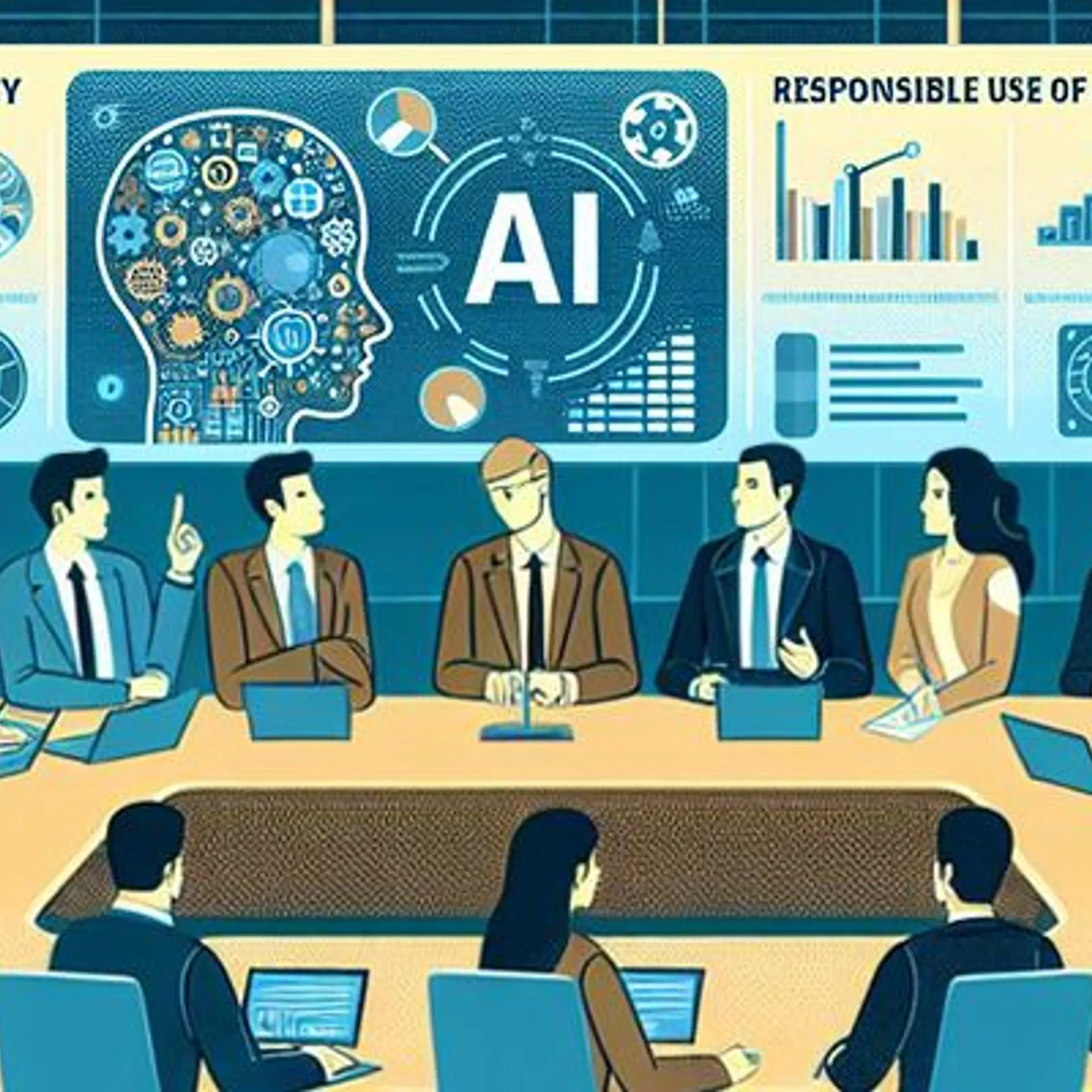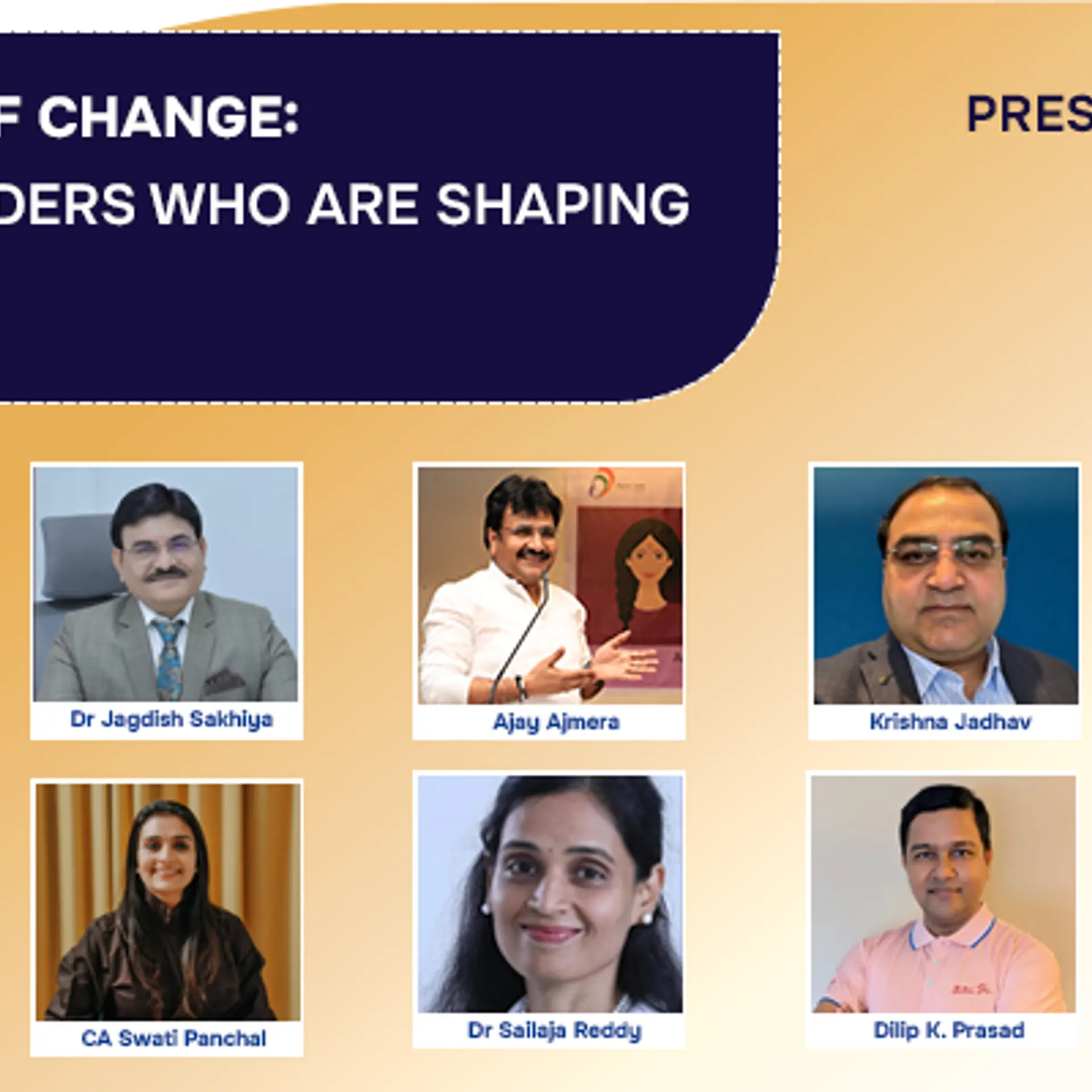How AI is bringing hope to families looking for missing children
Every year, thousands of children go missing in India. Now, police departments and NGOs are partnering with AI startups to reunite families and solve crimes—offering hope when it seemed like there was none.
When a child goes missing, their parents' world stops turning. In Delhi's Anand Vihar neighbourhood, a family lived through this horror when 12-year-old Aditya* didn't return home one evening last year. The boy, who was on the autism spectrum, had been playing outside his house—a routine activity that turned into every parent's worst nightmare.
For 40 days, Aditya's family lived in a state of constant uncertainty. Their days were filled with putting up posters, filing police complaints, and searching every possible location for any sign of their child.
“For days we knew nothing. It was just a time of panic and constant fear,” Aditya’s brother tells YourStory.
Later, the family received a call from Delhi Police, informing them that the child had been found. The team got a lucky break; a colleague had put him in an orphanage and an official clicked his picture and uploaded it to Khoji.in—a centralised portal for missing persons and unidentified individuals. The portal’s intelligent face recognition algorithm searched its database of thousands of pictures, including one uploaded by Aditya’s family, and found a match.
Thanks to artificial intelligence (AI), Aditya reunited with his family.
Beyond powering voice assistants and personalised recommendations, AI is becoming an ally of law enforcement agencies by reuniting missing children with their families and identifying criminals. It’s offering hope to families frantically searching for their missing loved ones and justice to victims of crime.
Using AI for identification
According to Bachpan Bachao Andolan, an estimated 96,000 children go missing in India every year. With platforms like Khoji.in, police officers and NGOs hope to trace missing children and elderly citizens faster.
Founded by father-son duo Abhishek Gupta and Dhruv Gupta in November last year, Khoji.in acts as an AI-powered one-click missing person identification system and has partnered with DigiLocker for quick identity verification. Patented by the Indian government, it allows users to upload details of the missing persons, including old pictures.
“Imagine a child who was lost at the age of one and is now seven. The AI can still recognise that child despite changes in appearance, such as weight gain or facial features. Users can create an ID and upload their photo. The system compares it with its database, and if there’s a match, you can directly contact the source, which can be an orphanage or an NGO,” explains ASI Ajay Jha, posted in Delhi Police, who helped find Aditya.
Jha says Khoji.in helped find some kids who had been lost for years, including a one-year-old child abandoned at a railway station who was found 10 years later.

“Our department was recently able to solve 3-4 missing-person cases using this platform, supporting about 150 cases so far,” Jha proclaims.
The idea of starting Khoji.in stemmed from a personal experience when four years ago, Dhruv’s uncle—a senior citizen—went missing. “This incident caused immense emotional and financial distress. Months later, we discovered our uncle was living in an NGO 50 km away. Although the NGO tried to contact us, the absence of proper information made it impossible,” Dhruv recalls.
Over the last two months, 2,899 entries were submitted to the portal, including 800-1,000 missing children.
Scaling impact across states
Many state police departments are tapping into AI.
Recently, Dainik Bhaskar collaborated with Rajasthan Police to solve cases of missing children using AI. The state police also partnered with graphic designer Sahid SK to recreate old photos of children using generative AI.
“The photos were very rusty and unrecognisable. We had to be imaginative and use the little details to recreate a face from the past and bring them to life,” Sahid tells YourStory.
He used multiple AI tools to retrieve the image, including Picasso, which specialises in age progression, along with Photoshop to enhance the images.
Sahid is also the co-founder of Megalodon, an AI-based creative agency based in Uttar Pradesh. The team is currently working with existing data on missing children—to date, 20-25 images have been processed, with additional data covering 300-500 more cases expected.
"We can recreate credible imagery for a child missing for five years or more. These images can then be shared with the police which can amplify the search efforts,” says Rasshi Agarwal, Co-founder of Megalodon.
Similar to Khoji.in, the company is creating a dedicated website where families can upload photos of missing loved ones.
“Last year, in Kenya, a similar initiative led to the recovery of 496 children,” she says, talking about the Missing Child Kenya Foundation that used face age progression technology to create older versions of them.
“We've been speaking with people across different states, including IAS and IPS officers, about implementing this initiative on a larger scale,” Agarwal adds.
Tough on crime
Beyond reuniting families, AI startups are also helping law enforcement agencies. Among them is Gurugram-based Staqu Technologies, which has partnered with several state governments to enhance public security.
Crime GPT, the company’s AI tool, has helped Uttar Pradesh Police retrieve information through written or spoken queries. It features facial and voice recognition as well as criminal network analysis.
The company identifies over 400 criminals every day. Over the past six or seven years, it claims to have identified more than 30,000 criminals.
Delhi Police also employed Khoji.in to crack criminal cases, including murder and theft. "In a recent case, a deceased individual was found with only 30% of the body recognisable. Someone else had filed a missing person report on the website. The AI was able to easily identify the person, which also led us to the murderer,” Jha says.
Meanwhile, Bengaluru-based Astrikos.ai offers a crisis control and mitigation system providing real-time data analytics, situational awareness, and operational intelligence for emergencies. Its SIaP (Smart Interop Analytical Platform) Intelligence Platform leverages predictive analytics by analysing historical data, patterns, and trends to identify crime patterns and hotspots and anticipate potential criminal activities.

“Traditional methods of predicting and preventing crime rely on historical crime data and the investigation officer’s intuition. AI can handle much larger datasets, identify patterns more effectively, and make more accurate predictions in a shorter time. AI can scale rapidly and adapt to new data sets on crime data, offering faster responses compared to traditional methods that rely on manual analysis which may be much slower,” tells Chinmay Hegde, Co-founder, CEO, and Managing Director of Astrikos.ai.
The company has partnered with UP 112, the emergency response system in Uttar Pradesh, to help the department monitor the average response time for emergency calls.
Hope in tech
While many police departments have been using technologies like face recognition and image reconstruction, AI reduces the burden on overworked officials. According to the 2019 Status of Policing in India Report, about 44% of police personnel in India work more than 12 hours a day, and 24% work more than 16 hours.
“AI has made it much easier to visualise how a person might look as they age. In forensics, this process of predicting appearances has been around for a long time, but AI streamlines it better,” says Dushyant Dubey, a social worker who runs the St. Broseph Foundation in Bengaluru.
He believes technology could be a game-changer. “In a city like Bengaluru, the police are overworked and understaffed. Salaries are low, and many qualified people choose higher-paying careers, leaving the force stretched thin. In such a scenario, any form of technological help would make a big difference,” he says.
In police work, cases often go cold due to a lack of evidence. AI tools are giving hope to families still waiting for their children to return home. One such case is of Kavita, a young girl who disappeared on September 19, 2011, in Chennai. She was just two years old at the time of her disappearance. The police had been searching for the girl without any breakthrough.
Now, for the first time, Chennai Police at Virugambakkam Police Station are using AI in their search. The police have recreated pictures of Kavita on pamphlets, which they are distributing to help gather information about her disappearance.
“This effort is for the parents’ peace of mind. With these updated photos, maybe the girl, now a teenager, will recognise herself or someone at an orphanage will identify her. It’s a slim chance, but this technology gives us another way to try and bring her back,” a police official remarks.
(The feature image was updated.)
Edited by Kanishk Singh









